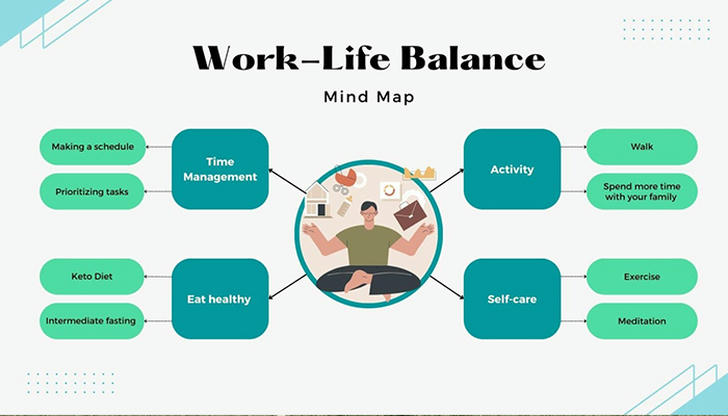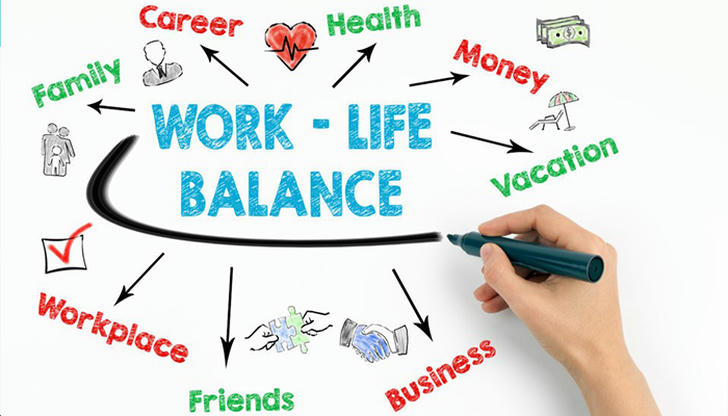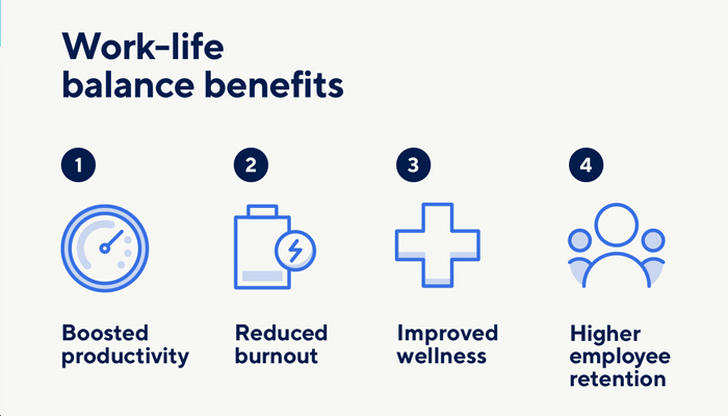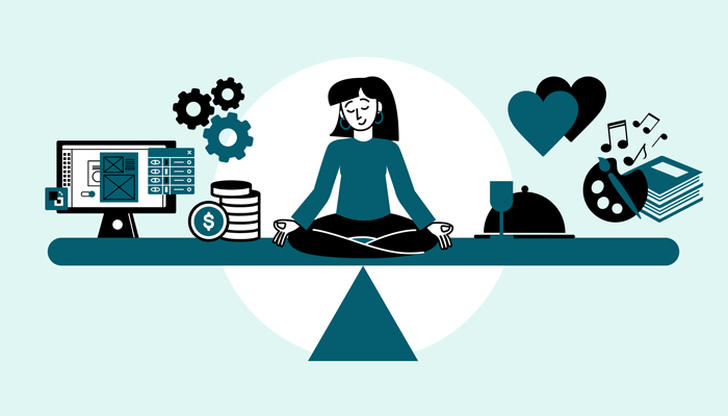Work-Life Balance: Strategies for a Healthy Career
In today's fast-paced professional world, achieving a healthy work-life balance can feel like an impossible goal. With constant emails, tight deadlines, and growing responsibilities both at work and at home, many professionals find themselves struggling to maintain mental and physical wellness. But work-life balance isn’t a luxury—it’s a necessity for long-term success and well-being.
This article explores why work-life balance matters, the common obstacles people face, and practical strategies you can implement to create a healthier and more sustainable career.

Why Work-Life Balance Matters
Work-life balance refers to the equilibrium between professional obligations and personal time. It's not about splitting time evenly but about ensuring neither side overwhelms the other.
Here’s why it matters:
- Physical Health: Long work hours and chronic stress can lead to burnout, sleep disorders, weakened immunity, and heart issues.
- Mental Well-being: Poor balance can trigger anxiety, depression, and emotional exhaustion.
- Relationships: Lack of time and energy can weaken bonds with family, friends, and partners.
- Work Performance: Ironically, overworking often decreases productivity. Balanced employees tend to be more creative, engaged, and effective.
Common Challenges to Work-Life Balance
Despite its importance, several factors often make balance difficult:
- Overwork Culture: In some industries, long hours are glorified as a badge of honor.
- Remote Work Boundaries: Working from home often blurs the lines between work and personal life.
- Family Responsibilities: Caregiving duties can conflict with professional demands.
- Perfectionism: Unrealistic expectations of oneself can lead to constant overcommitment.
- Technology Overload: 24/7 connectivity makes it hard to “switch off” after hours.

Key Strategies for a Healthy Work-Life Balance
1. Time Management
Effective time management can significantly reduce daily stress and help you feel more in control. Try these methods:
- Daily Prioritization: Create a task list with “must-dos” and “nice-to-haves.”
- Time Blocking: Assign fixed time slots for focused work, meetings, breaks, and personal time.
- Pomodoro Technique: Work in 25-minute bursts followed by short breaks to maintain energy and concentration.
2. Setting Boundaries
Boundaries are crucial in preventing work from taking over your personal life:
- Establish End-of-Day Rituals: Turn off email notifications and close your laptop at a fixed time.
- Communicate Availability: Let colleagues and clients know when you’re offline.
- Separate Devices: Use different tools or profiles for work and personal tasks to mentally divide spaces.
3. Leverage Workplace Flexibility
Modern workplaces increasingly support flexible arrangements—take advantage of them:
- Remote or Hybrid Work: If possible, customize your schedule around peak productivity hours.
- Flexible Hours: Adjust your workday to fit around family or health needs.
- Life Leave: Use paid time off or mental health days when needed—don’t feel guilty for taking a break.
4. Health and Wellness Habits
Caring for your body boosts energy and mood, improving both work and life quality:
- Exercise Regularly: Even 20–30 minutes a day can improve sleep and reduce stress.
- Eat Mindfully: Avoid skipping meals or relying on junk food.
- Sleep Hygiene: Aim for 7–8 hours per night, with consistent sleep and wake times.
5. Use Technology Smartly
Tech can either help or harm your balance—depending on how you use it:
- Automate Tasks: Use tools like calendar sync, task managers, and communication filters to save time.
- Turn Off Notifications: Reduce interruptions by muting apps after hours.
- Digital Detox: Schedule regular screen-free time to reconnect with yourself and others.
6. Support Mental Health
You can’t pour from an empty cup—prioritize your inner well-being:
- Practice Mindfulness: Try meditation, breathing exercises, or journaling.
- Seek Counseling: Don’t hesitate to access therapy or employee assistance programs (EAPs).
- Say No: Decline tasks or meetings that do not align with your capacity or priorities.

Tailoring Balance to Life Stages
Different individuals require different approaches:
- Young Professionals: Learn to set early boundaries and resist the pressure to overperform.
- Parents: Use childcare support, co-parenting strategies, and flexible work schedules.
- Managers: Lead by example—encourage healthy practices in your teams.
- Freelancers & Entrepreneurs: Create structure even in unstructured work; designate “off-hours.”
Long-Term Planning for Balance
Work-life balance isn’t a one-time fix—it requires continuous self-reflection and adjustment:
- Quarterly Check-ins: Assess your stress levels, satisfaction, and time allocation regularly.
- Define Personal Values: Align work commitments with your broader life goals.
- Adapt with Change: Be open to adjusting your routine as your needs or job evolve.

Conclusion
Work-life balance is a journey, not a destination. It’s about aligning your daily habits, time, and energy with what truly matters—your health, your loved ones, and your personal fulfillment.
Small changes, like logging off on time, prioritizing rest, or saying “no” when necessary, can lead to big transformations. As the workplace continues to evolve, the most successful professionals will be those who balance ambition with self-care.
So take a breath, reassess your routine, and start creating a healthier rhythm—your future self will thank you.
